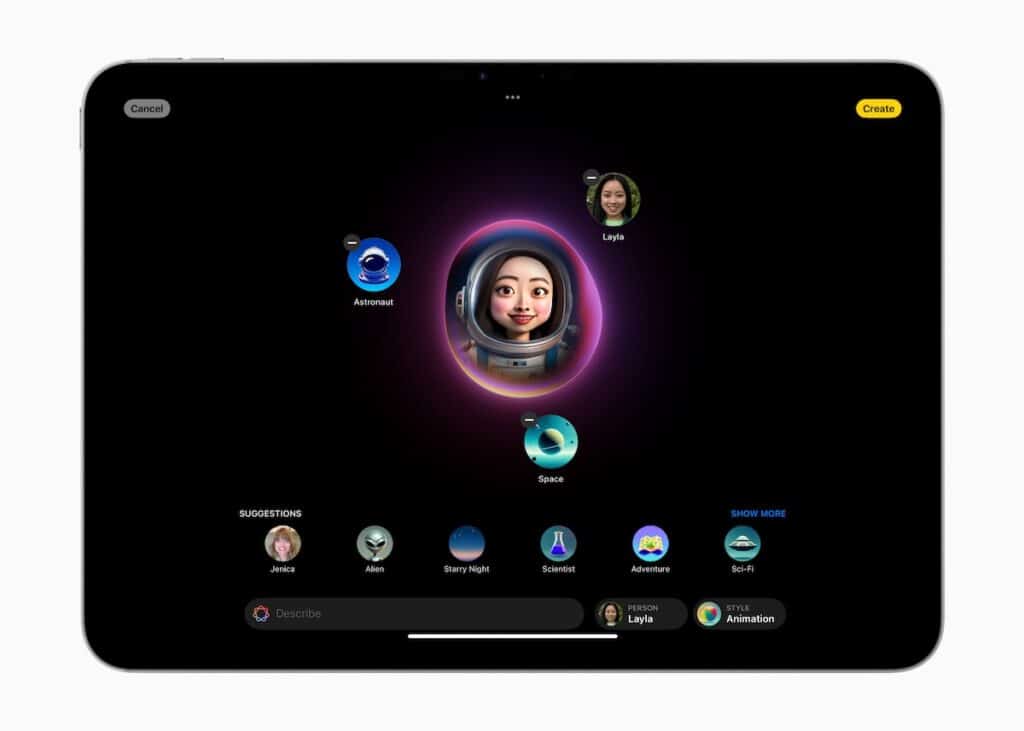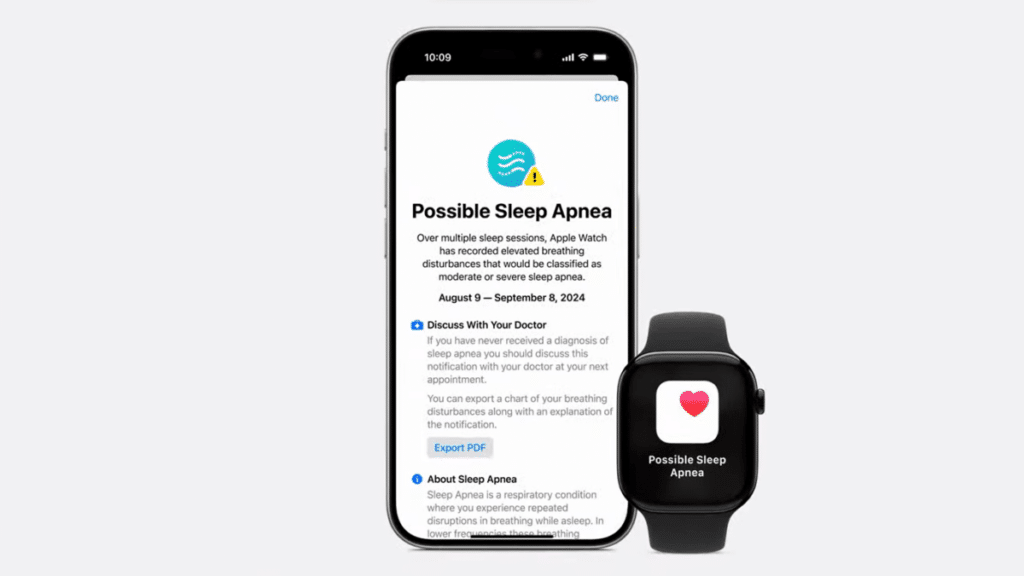Apple has rolled out the release candidates for its latest operating systems, including iOS 18.1, iPadOS 18.1, macOS 15.1, visionOS 2.1, tvOS 18.1, and watchOS 11.1. This announcement comes just ahead of the final release date for iOS 18.1, which is set for October 28. Developers can access the updates through the Settings app by navigating to the Software Update section. Alternatively, they can download the files from developer.apple.com and use Finder or iTunes for installation.
Among the most anticipated features in these updates is the introduction of Apple Intelligence, which was initially announced during WWDC in June but delayed due to readiness concerns. The first wave of Apple Intelligence features includes advanced Writing Tools, a revamped Siri, a Clean Up option for Photos, movie creation tools within the Photos app, and Smart Replies in both Mail and Messages. While these enhancements are significant, other features like Image Playground and Genmoji are slated for the upcoming iOS 18.2 release expected by the end of the year.

In addition to the iOS updates, Apple has released RC versions for its other platforms, although they have not received as many user-facing enhancements. The new visionOS 2.1, tvOS 18.1, and HomePod 18.1 updates, while important, appear to prioritize stability over new features. This strategic focus allows Apple’s engineering teams to refine the user experience for their flagship devices—the iPhone, iPad, and Mac. Assuming no critical issues arise, the public release of these software versions is anticipated next week, although it’s always possible that another RC build may be needed.
For watchOS 11.1, Apple has introduced a groundbreaking sleep apnea detection feature, announced during the iPhone 16 event. This functionality aims to identify breathing interruptions during sleep, a condition that affects over a billion people worldwide and often goes undiagnosed. The Apple Watch employs its accelerometer to track subtle wrist movements related to breathing patterns, utilizing a new metric known as Breathing Disturbances. Users can view this data within the Health app, classified as elevated or not, and analyzed over different timeframes.

The watchOS 11.1 update also brings a sleep apnea notification algorithm that utilizes advanced machine learning and clinical-grade data. If consistent signs of sleep apnea are detected, the Apple Watch will notify users and provide educational resources on the condition. This proactive approach, including a PDF detailing three months of breathing disturbance data, encourages users to engage with healthcare providers about their sleep health.
Subscribe to our email newsletter to get the latest posts delivered right to your email.

